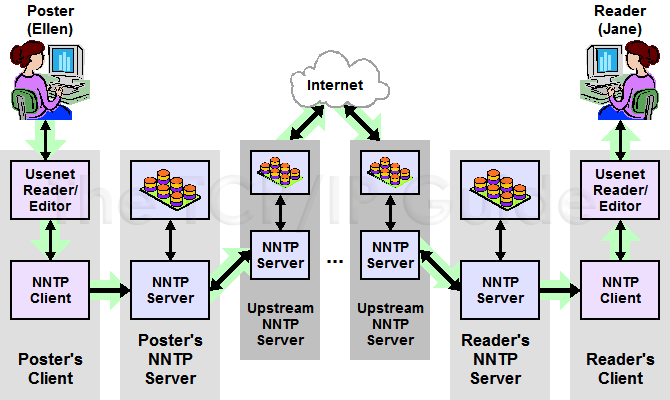 |
|
Please Whitelist This Site?
I know everyone hates ads. But please understand that I am providing premium content for free that takes hundreds of hours of time to research and write. I don't want to go to a pay-only model like some sites, but when more and more people block ads, I end up working for free. And I have a family to support, just like you. :)
If you like The TCP/IP Guide, please consider the download version. It's priced very economically and you can read all of it in a convenient format without ads.
If you want to use this site for free, I'd be grateful if you could add the site to the whitelist for Adblock. To do so, just open the Adblock menu and select "Disable on tcpipguide.com". Or go to the Tools menu and select "Adblock Plus Preferences...". Then click "Add Filter..." at the bottom, and add this string: "@@||tcpipguide.com^$document". Then just click OK.
Thanks for your understanding!
Sincerely, Charles Kozierok
Author and Publisher, The TCP/IP Guide
|
|
|

Custom Search
|
|
Usenet Communication Model: Message Composition, Posting, Storage, Propagation and Access
(Page 2 of 3)
The Usenet Communication Process
To help illustrate in more detail how Usenet communication works, let's take a look at the steps involved in the writing, transmission and reading of a typical Usenet message (also called an article—the terms are used interchangeably). Let's suppose the process begins with a user, Ellen, posting a request for help with a sick horse to the newsgroup misc.rural. Since she is posting the message, she would be known as the message poster. Simplified, the steps in the process (illustrated in Figure 310) are as follows:
- Article Composition: Ellen begins
by creating a Usenet article, which is structured according to the special
message format required by Usenet. This
message is similar to an electronic mail message in that it has a header
and a body. The body contains the actual message to be sent,
while the header contains header lines that describe the message and
control how it is delivered. For example, one important header line
specifies which newsgroup(s) for which the article is intended.
- Article Posting and Local Storage:
After completing her article, Ellen submits the article to Usenet, a
process called posting. A client software program on Ellen's
computer transmits Ellen's message to her local Usenet server. The message
is stored in an appropriate file storage area on that server. It is
now immediately available to all other users of that server who decide
to read misc.rural.
- Article Propagation: At this
point, Ellen's local server is the only one that has a copy of her message.
The article must be sent to other sites, a process called distribution,
or more commonly, propagation. Ellen's message would travel from
her local Usenet server to other servers to which her server directly
connects. It would then in turn propagate from those servers to others
they connect to, and so on, until all Usenet servers that want
it have a copy of the message.
- Article Access and Retrieval:
Since Usenet articles are stored on central servers, in order to read
them they must be accessed on the server. This is done using a Usenet
newsreader program. For example, some other reader of misc.rural
named Jane might access that group and find Ellen's message. If Jane
was able to help Ellen she could reply to Ellen by posting an article
of her own. This would then propagate back to Ellen's server, where
she could read it and reply in turn. Of course, all other readers of
misc.rural could jump in to the conversation at any time as well,
which is what makes Usenet so useful for group communication.
Figure 310: Usenet (Network News) Communication Model
This figure illustrates the method by which messages are created, propagated and read using NNTP on modern Usenet; it is similar in some respects to the e-mail model diagram of Figure 301. In this example a message is created by the poster, Ellen, and read by a reader, Jane. The process begins with Ellen creating a message in an editor and posting it. Her NNTP client sends it to her local NNTP server. It is then propagated from that local server to adjacent servers, usually including its upstream server, which is used to send the message around the Internet. Other NNTP servers receive the message, including the one upstream from Jane’s local server. It passes the message to Jane’s local server, and Jane accesses and reads the message using an NNTP client.
Jane could respond to the message, in which case the same process would repeat, but going in the opposite direction, back to Ellen (and of course, also back to thousands of other readers, not shown here.)
|
| |||||||||||||||||||
Home - Table Of Contents - Contact Us
The TCP/IP Guide (http://www.TCPIPGuide.com)
Version 3.0 - Version Date: September 20, 2005
© Copyright 2001-2005 Charles M. Kozierok. All Rights Reserved.
Not responsible for any loss resulting from the use of this site.






